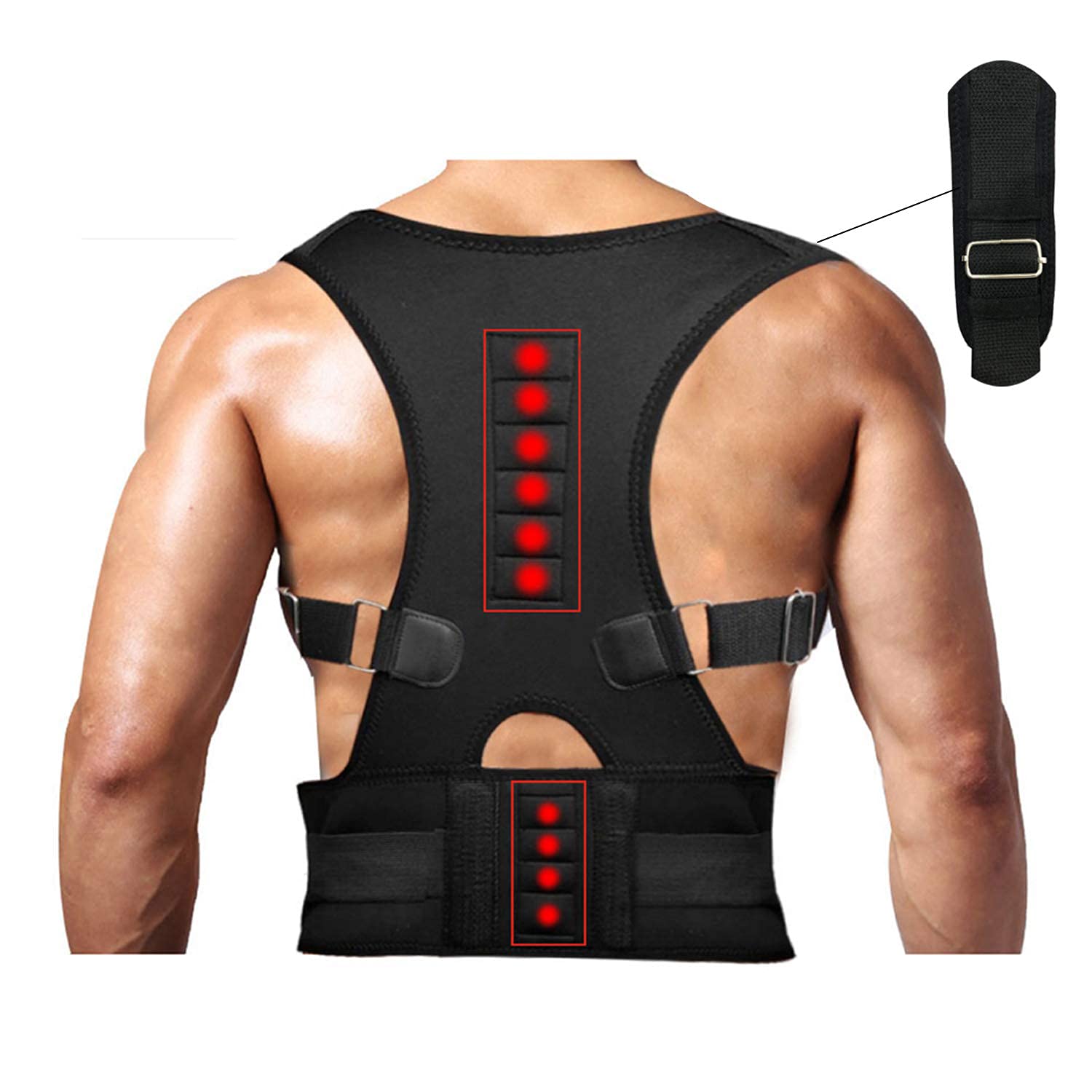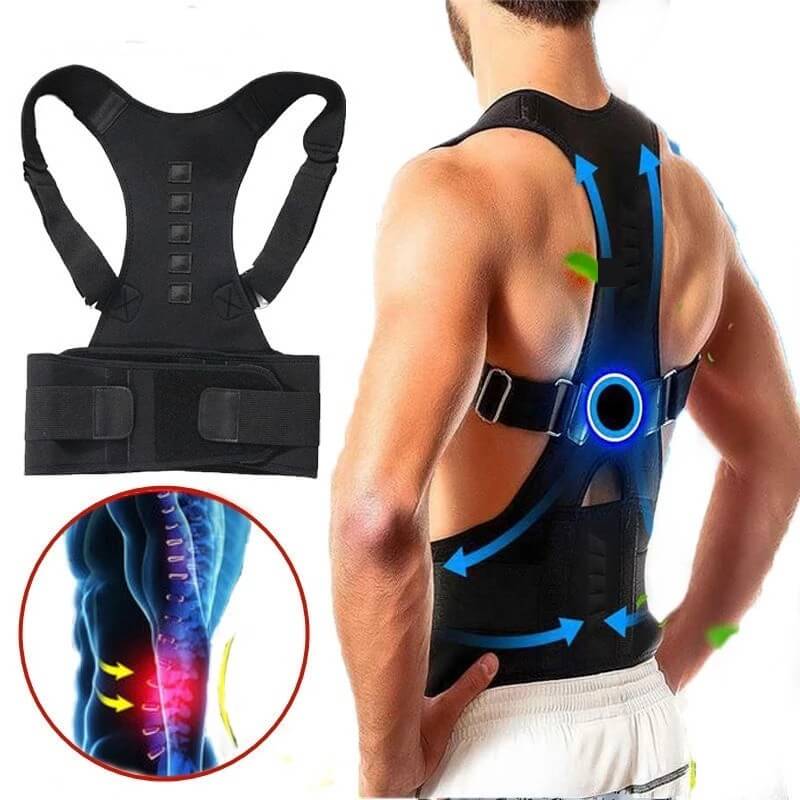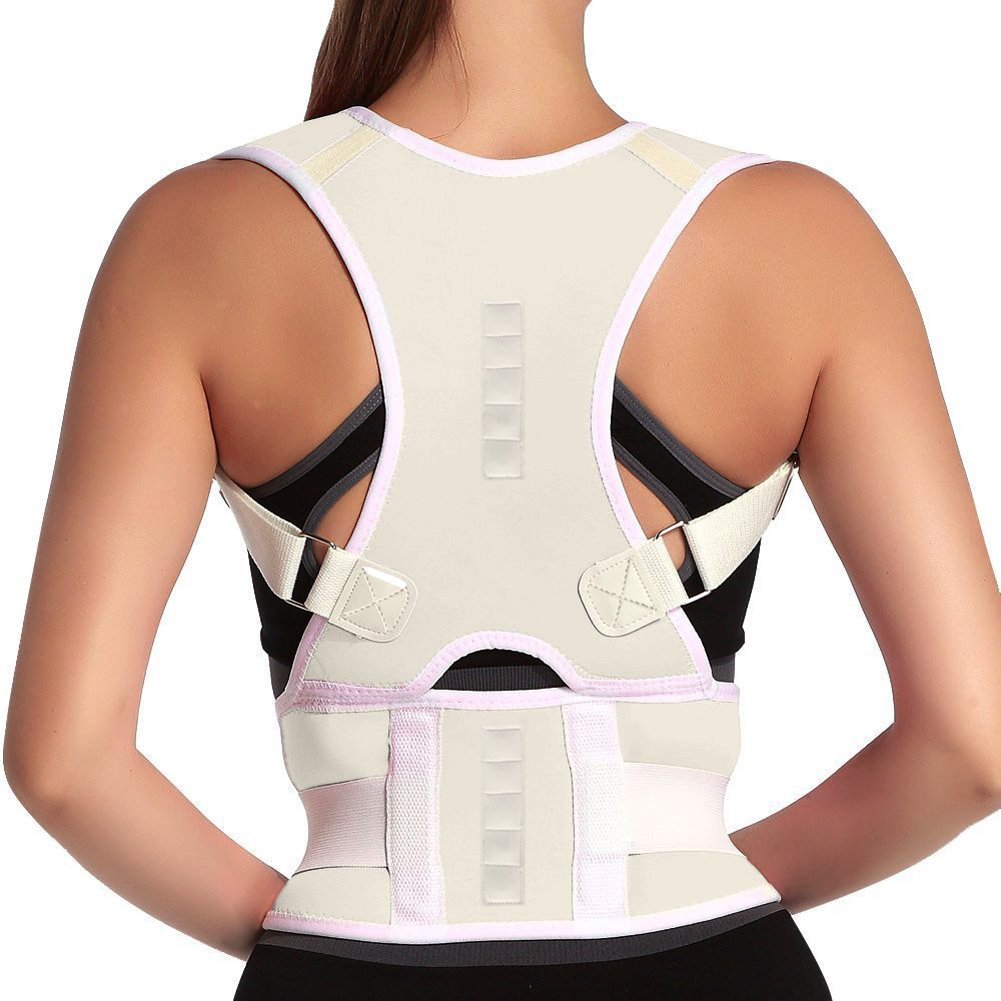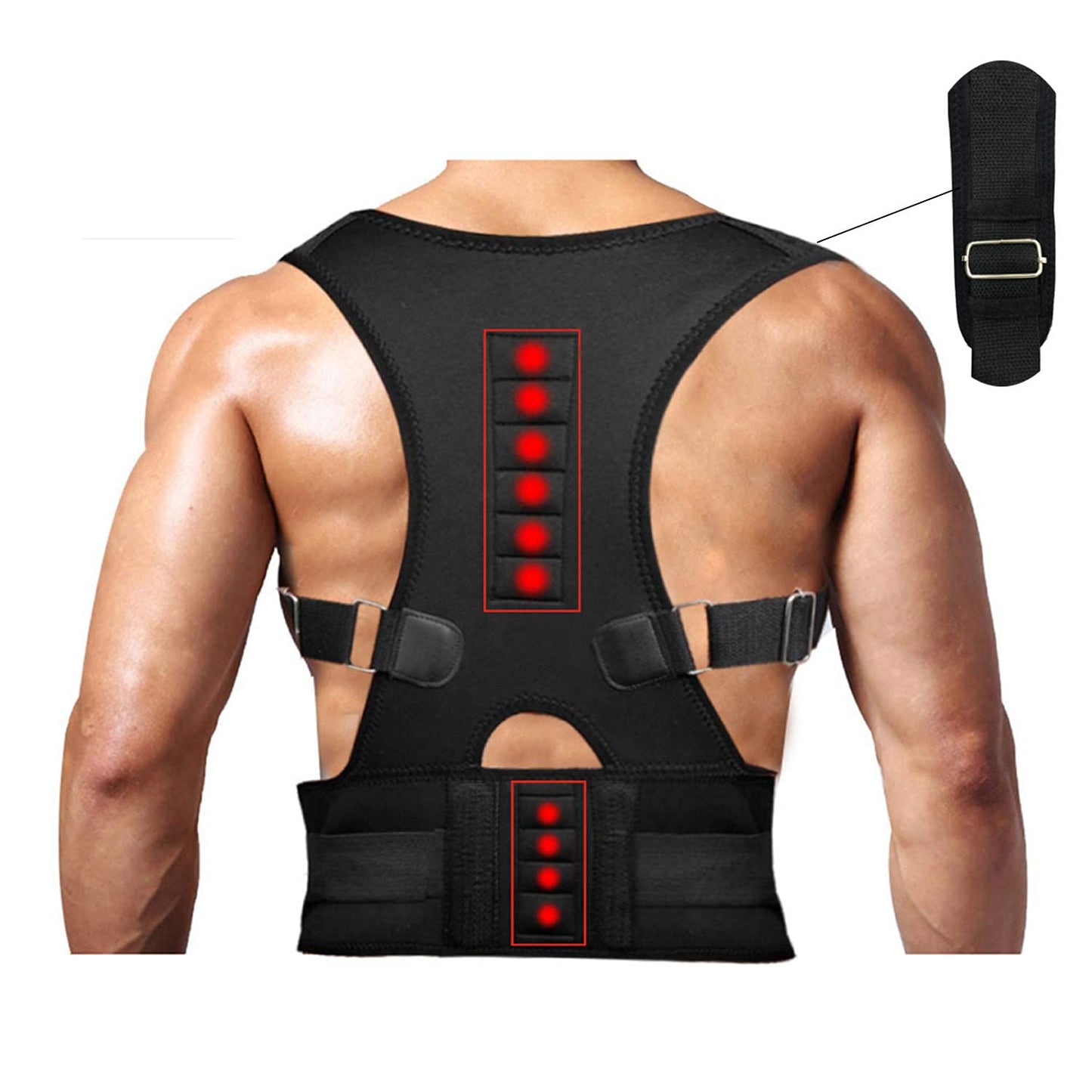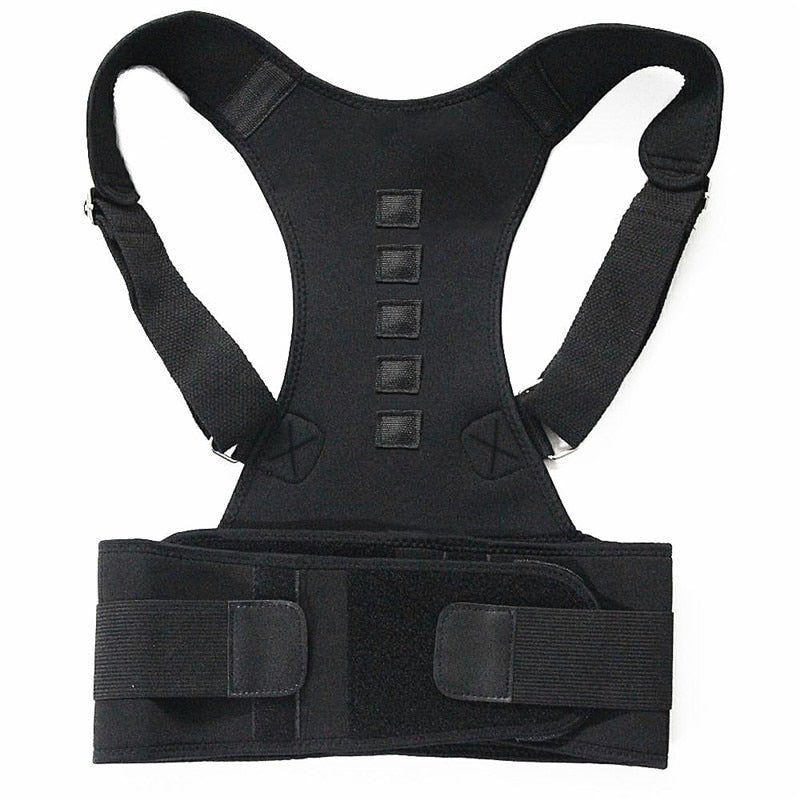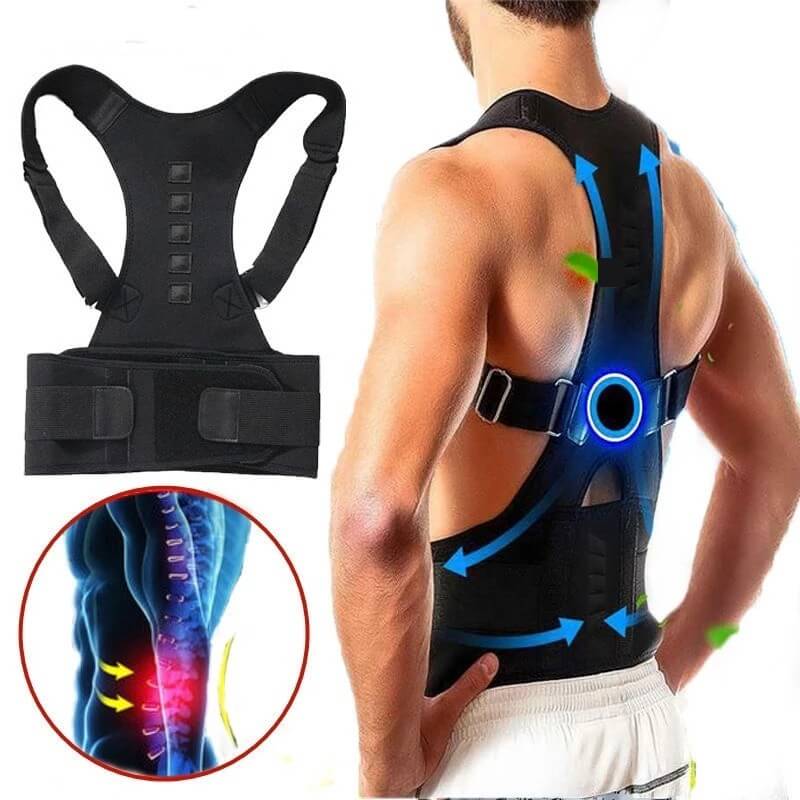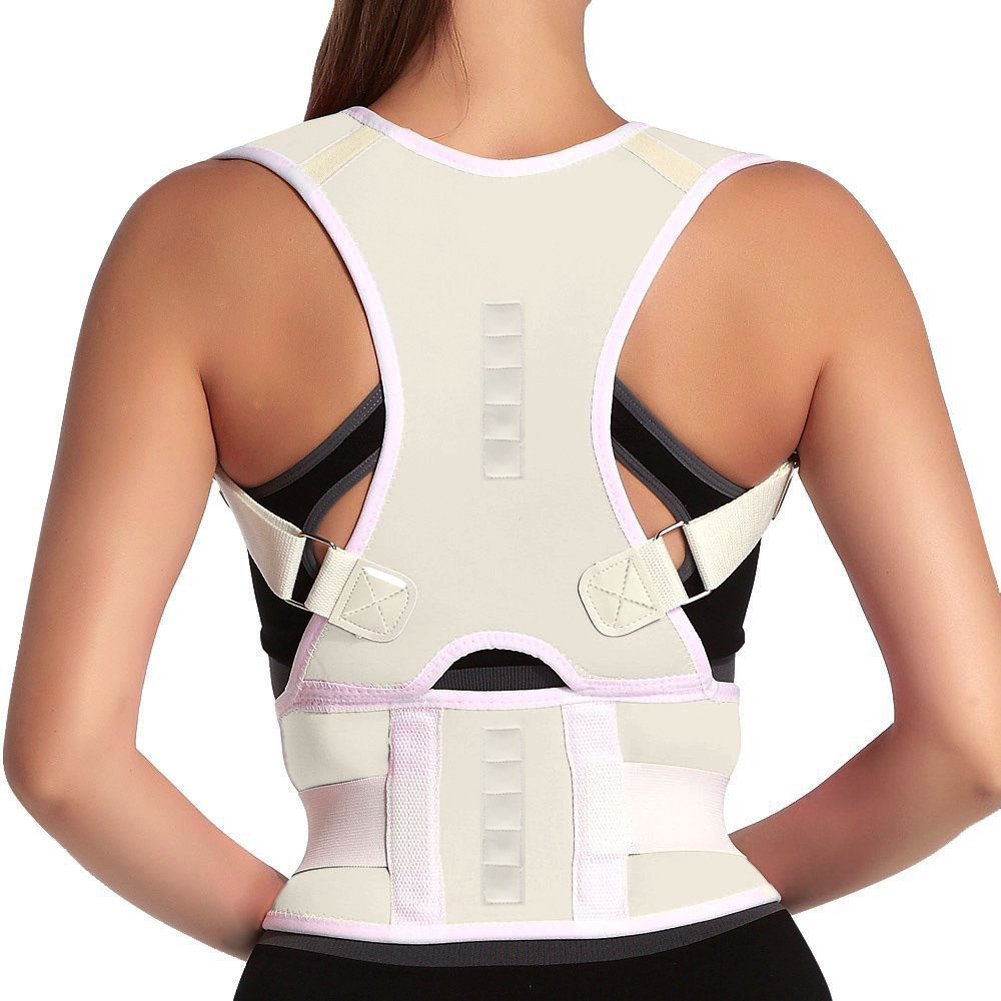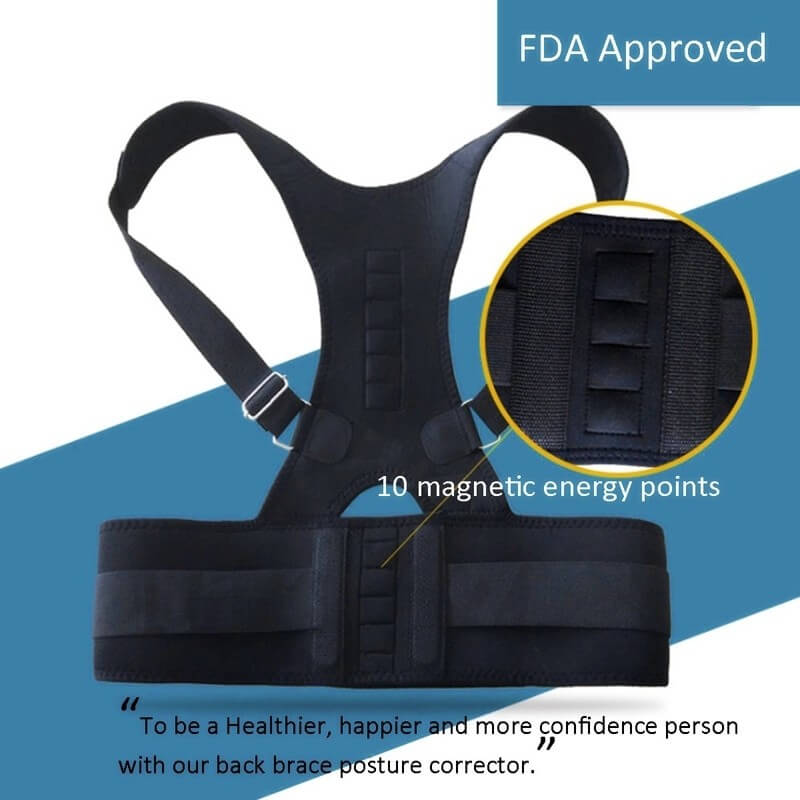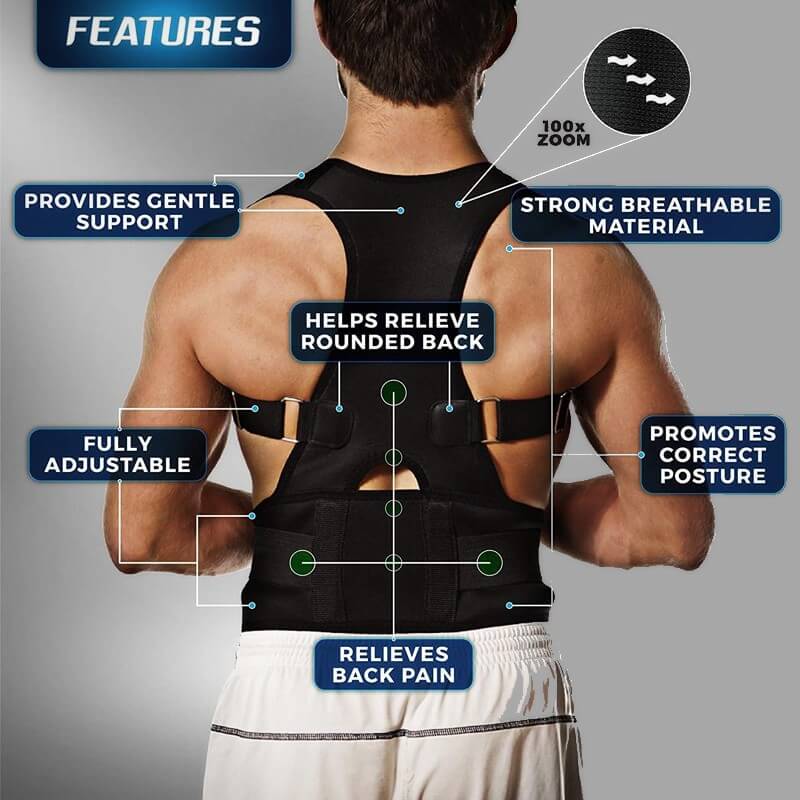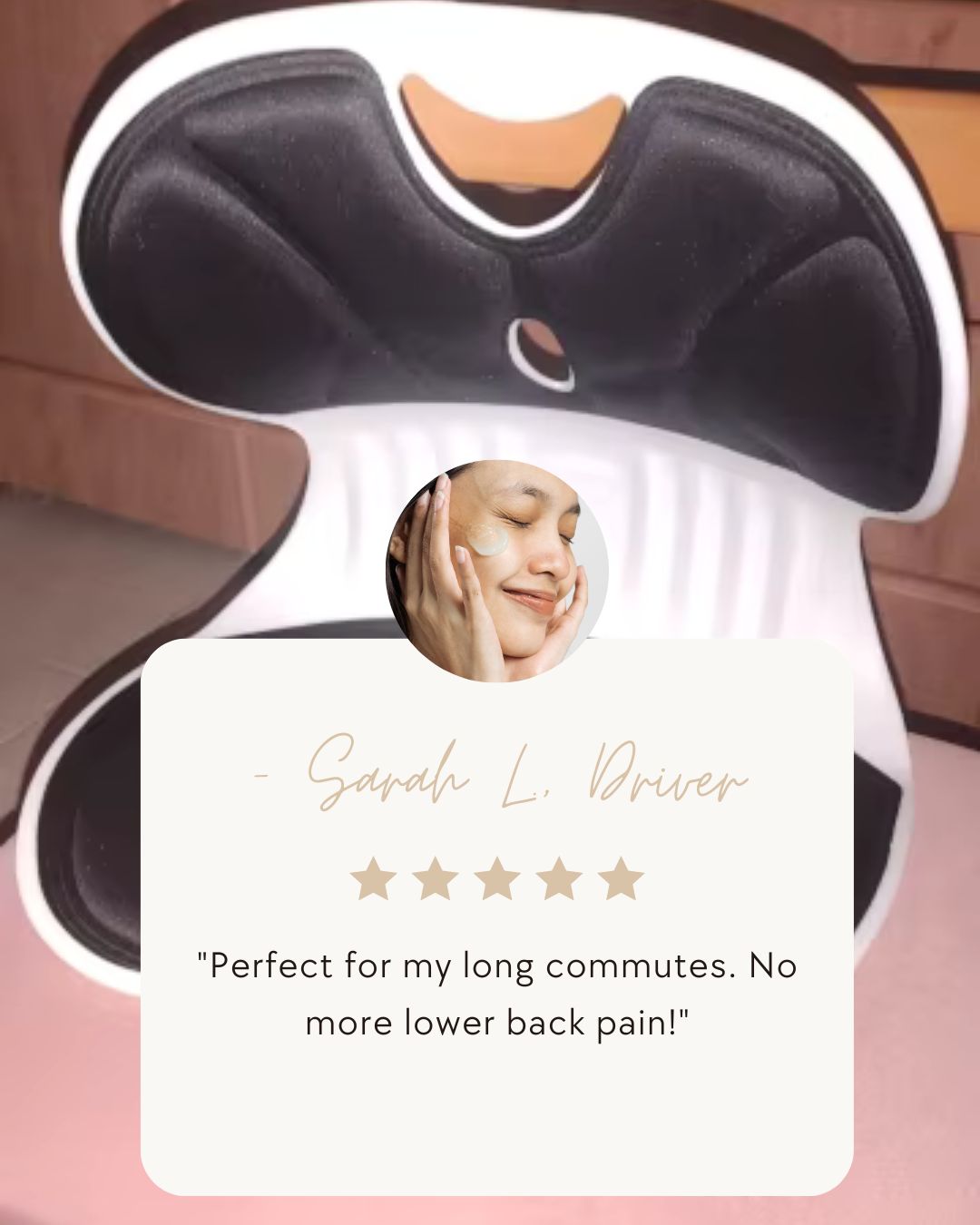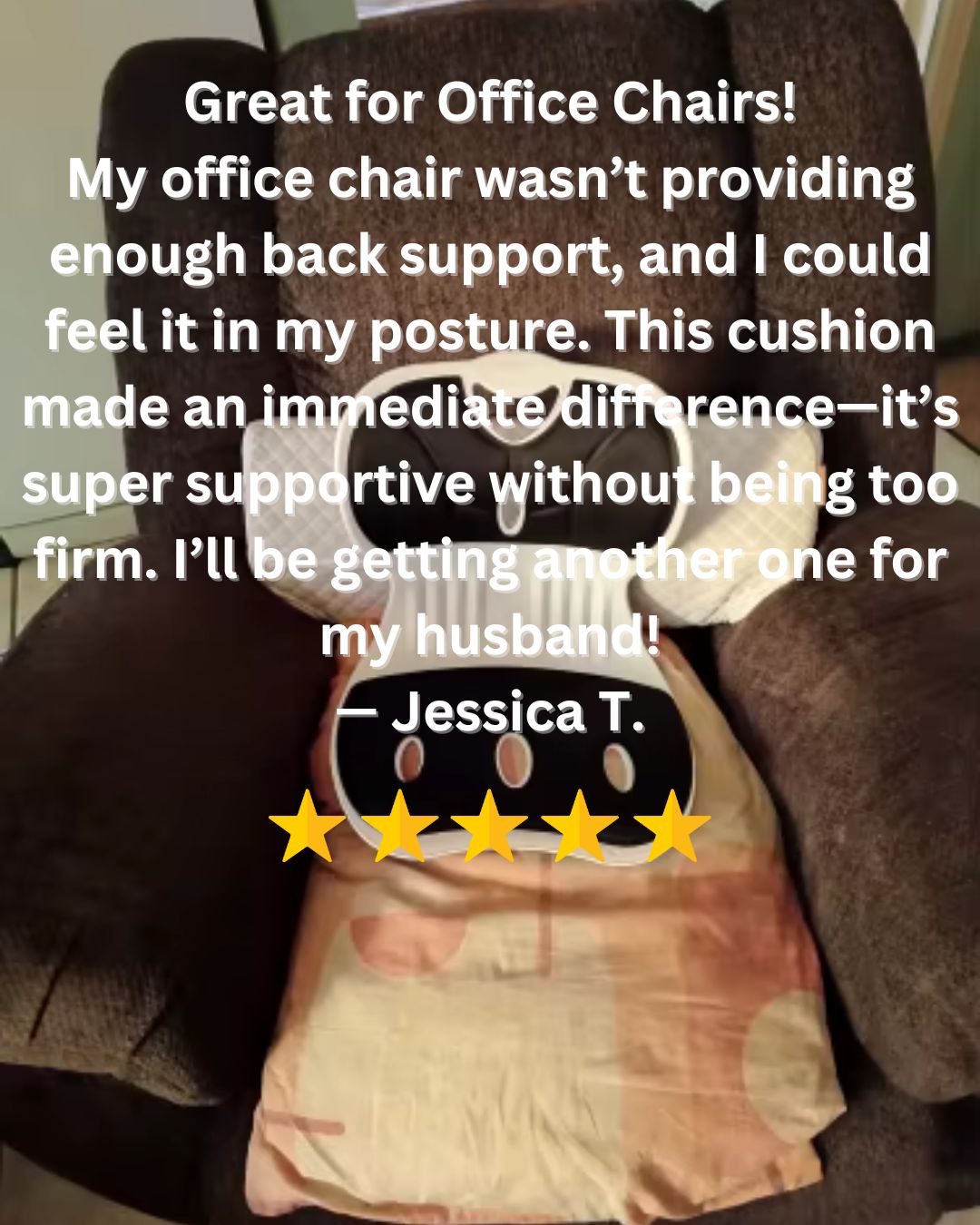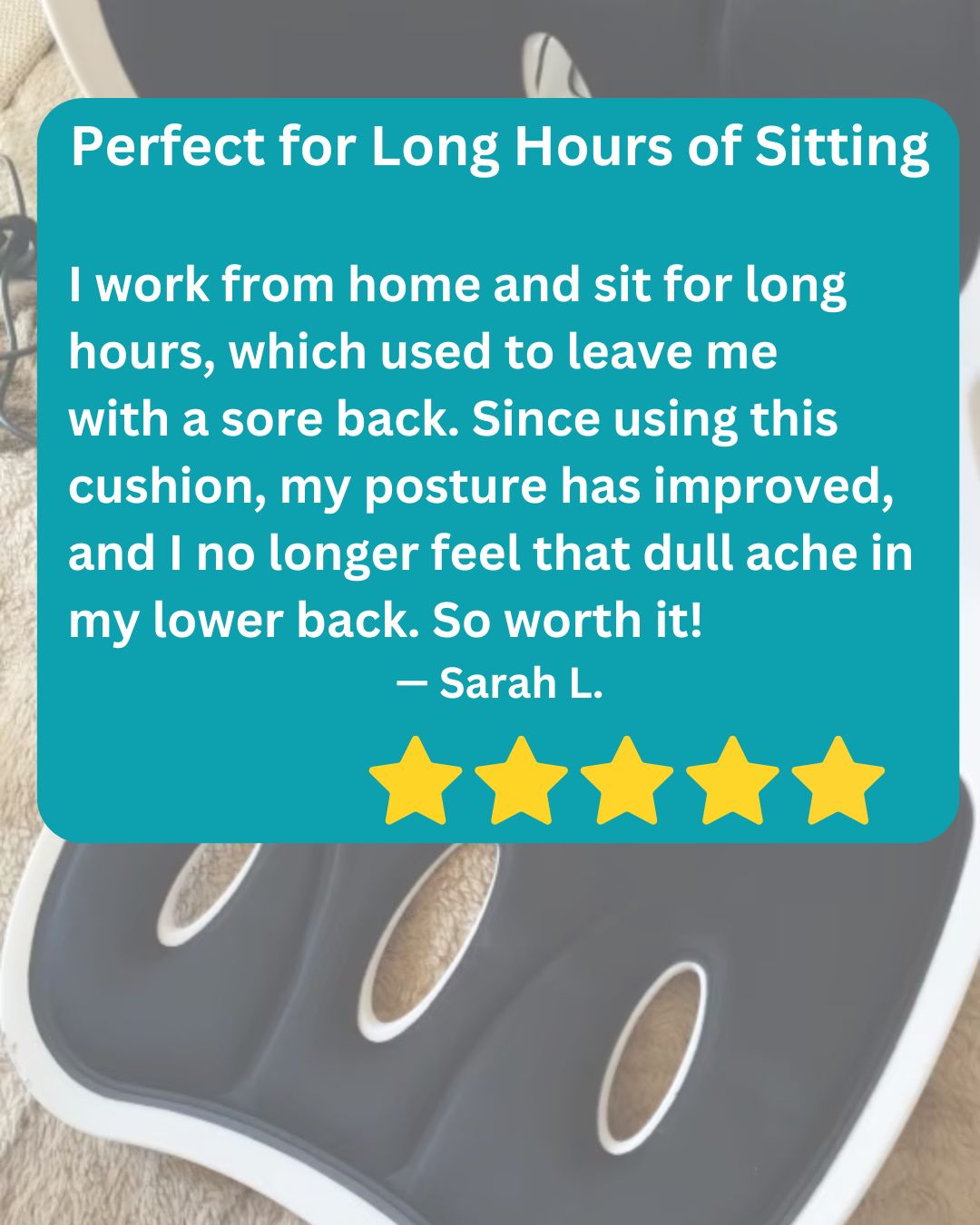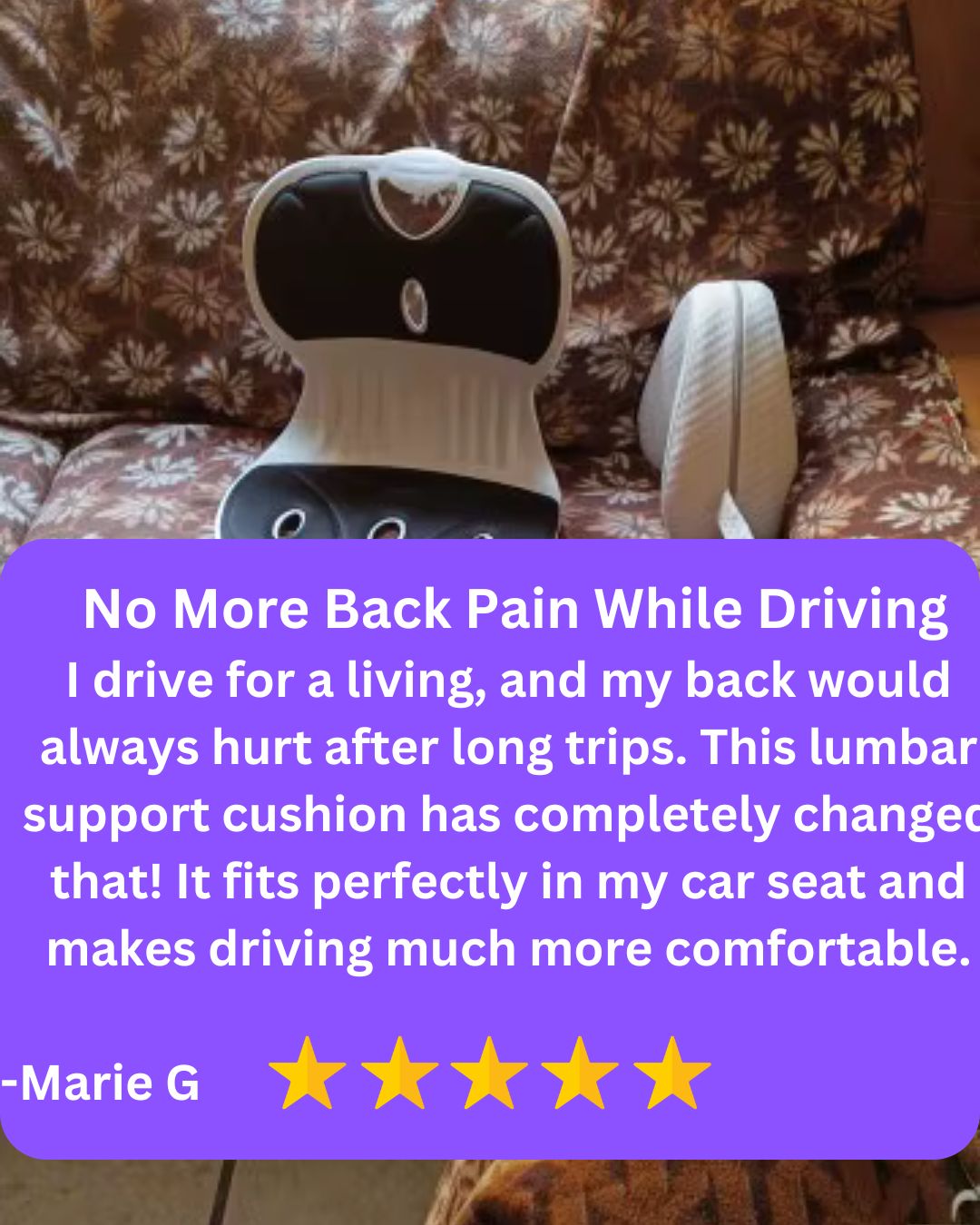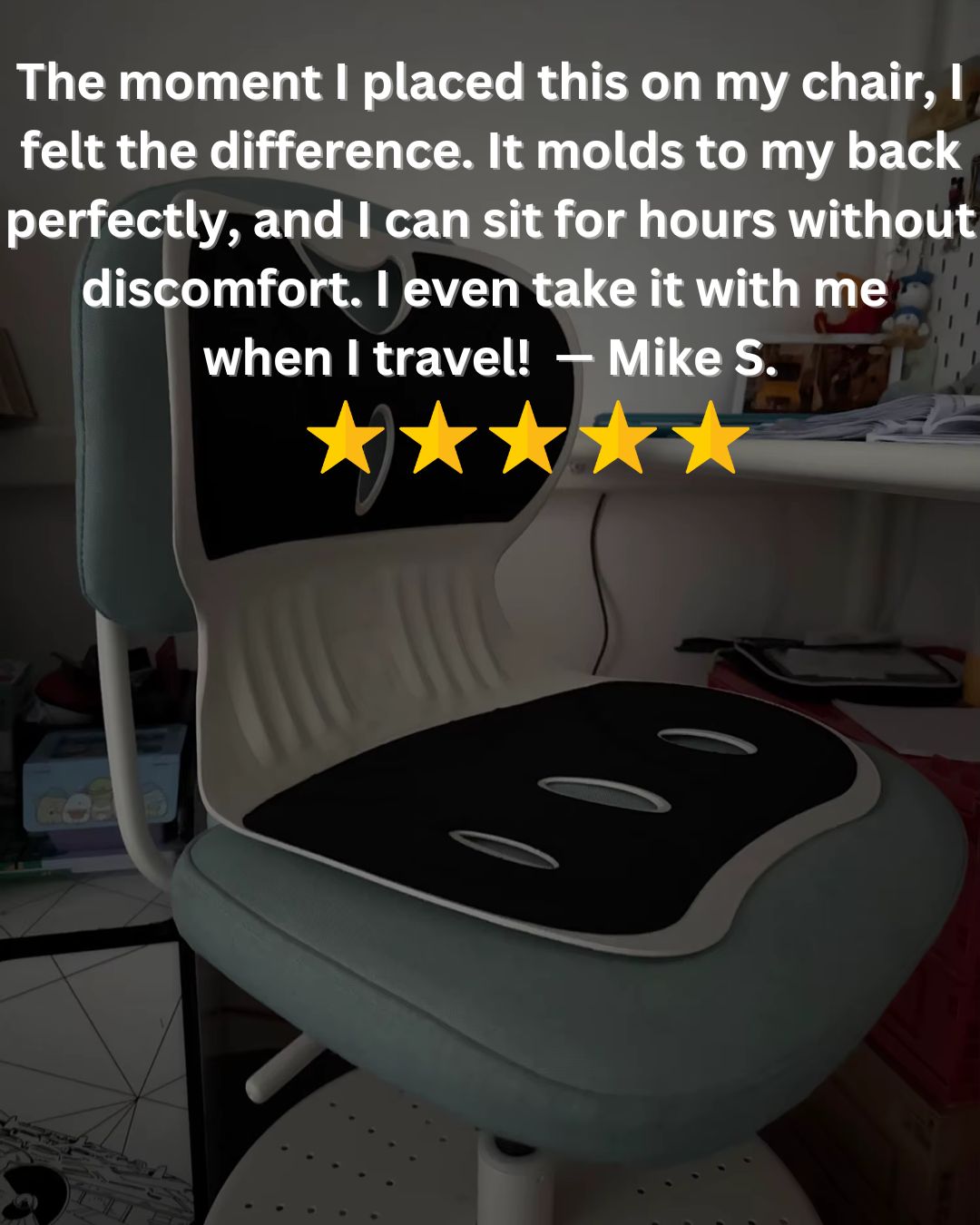Spinal stenosis is a common condition characterized by the narrowing of the spinal canal, which can place pressure on the spinal cord and surrounding nerves. This condition often develops gradually and can lead to significant discomfort, reduced mobility, and a lower quality of life if left untreated. Here’s an in-depth look at spinal stenosis, including its causes, symptoms, and treatment options.

What is Spinal Stenosis?
The spinal canal houses the spinal cord and nerve roots, acting as a protective pathway. In spinal stenosis, the canal narrows due to structural changes in the spine, such as bone spurs, disc herniations, or ligament thickening. This compression can lead to pain, weakness, or other neurological symptoms.
Common Causes of Spinal Stenosis
- Aging:
- Natural wear and tear over time can lead to degenerative changes in the spine.
- Osteoarthritis:
- Joint inflammation and cartilage breakdown can contribute to bone spurs that narrow the spinal canal.
- Herniated Discs:
- Bulging or ruptured discs can press against the spinal cord or nerves.
- Thickened Ligaments:
- Over time, spinal ligaments can thicken and reduce the space in the spinal canal.
- Congenital Factors:
- Some individuals are born with a narrower spinal canal.
- Trauma or Injury:
- Spinal fractures or dislocations can lead to stenosis.
- Tumors:
- Growths in or around the spine can compress the spinal canal.
- Paget’s Disease:
- A bone disorder that can enlarge and weaken spinal bones, contributing to narrowing.

Symptoms of Spinal Stenosis
- Pain:
- Often localized in the lower back (lumbar spine) or neck (cervical spine).
- Numbness and Tingling:
- Sensations in the arms, hands, legs, or feet.
- Muscle Weakness:
- Difficulty with balance, walking, or performing tasks.
- Sciatica:
- Pain radiates from the lower back into the legs.
- Loss of Bladder or Bowel Control:
- In severe cases, this requires immediate medical attention.

Diagnosis
To diagnose spinal stenosis, doctors typically use:
- Physical Examination: Assessing mobility, reflexes, and areas of pain.
- Imaging Tests:
- X-rays, MRIs, or CT scans to visualize the narrowing of the spinal canal and identify its cause.
Treatment Options for Spinal Stenosis
Non-Surgical Solutions:
- Physical Therapy:
- Exercises to strengthen the back and core muscles, improving stability and flexibility.
- Medications:
- Pain relievers and anti-inflammatory drugs can help manage symptoms.
- Epidural Steroid Injections:
- Reduce inflammation and relieve pressure on affected nerves.
- Activity Modification:
- Avoiding activities that worsen symptoms and adopting ergonomic practices.
- Assistive Devices:
- Canes or walkers can help alleviate pressure on the spine.
Surgical Options (for advanced cases):
- Laminectomy:
- Removes part of the vertebra to create more space in the spinal canal.
- Foraminotomy:
- Enlarges the openings where nerve roots exit the spine.
- Spinal Fusion:
- Stabilizes the spine by fusing two or more vertebrae.
- Interspinous Spacers:
- Small devices are inserted to keep the space between vertebrae open.

Preventing Spinal Stenosis
- Stay Active: Engage in low-impact exercises like swimming or yoga to maintain spinal flexibility and strength.
- Maintain Good Posture: Proper alignment reduces strain on the spine.
- Weight Management: Keeping a healthy weight minimizes spinal stress.
- Protect Your Spine: Use proper techniques when lifting heavy objects to avoid injury.
- Bone Health: Eat a diet rich in calcium and vitamin D to strengthen bones and prevent degeneration.
When to See a Doctor
If you experience chronic back or neck pain, numbness, or difficulty walking, consult a healthcare provider. Early diagnosis can lead to more effective management and prevent the condition from worsening.
Final Thoughts
Spinal stenosis is a treatable condition, and many individuals achieve symptom relief through a combination of therapies and lifestyle changes. Understanding your options and working closely with your healthcare provider are crucial steps in managing the condition effectively.
Your spine is central to your mobility and well-being. By addressing symptoms early and adopting preventative measures, you can maintain a healthy, active lifestyle.
The benefits of a good posture.



